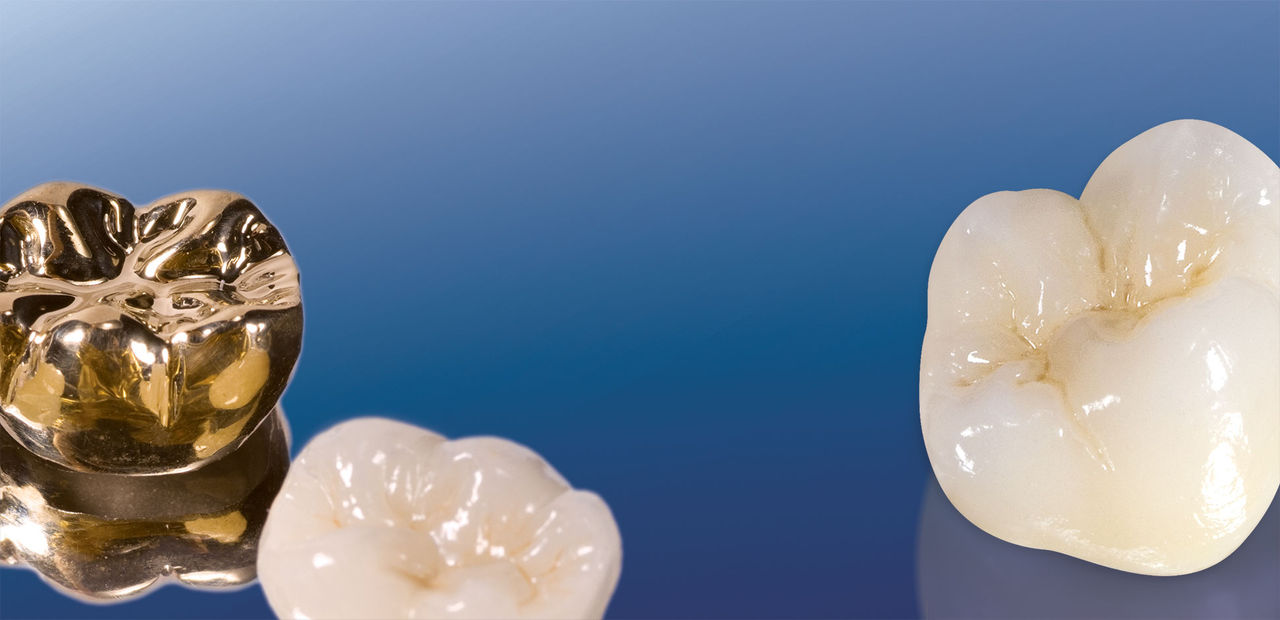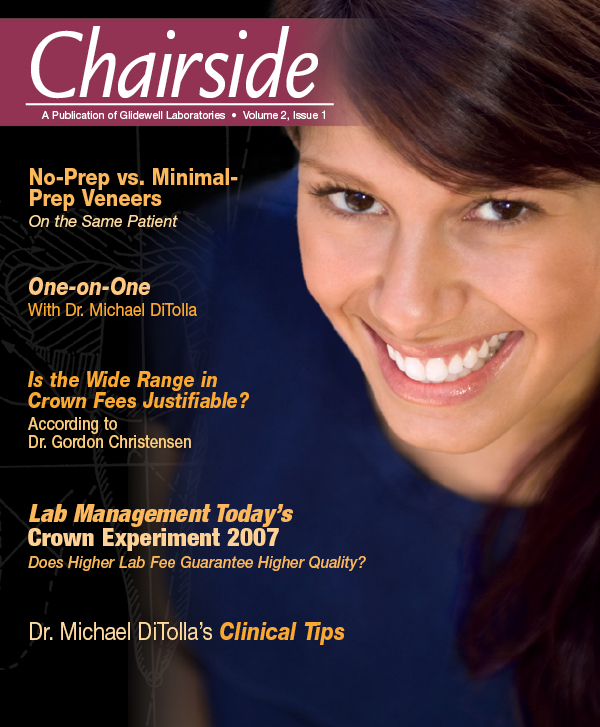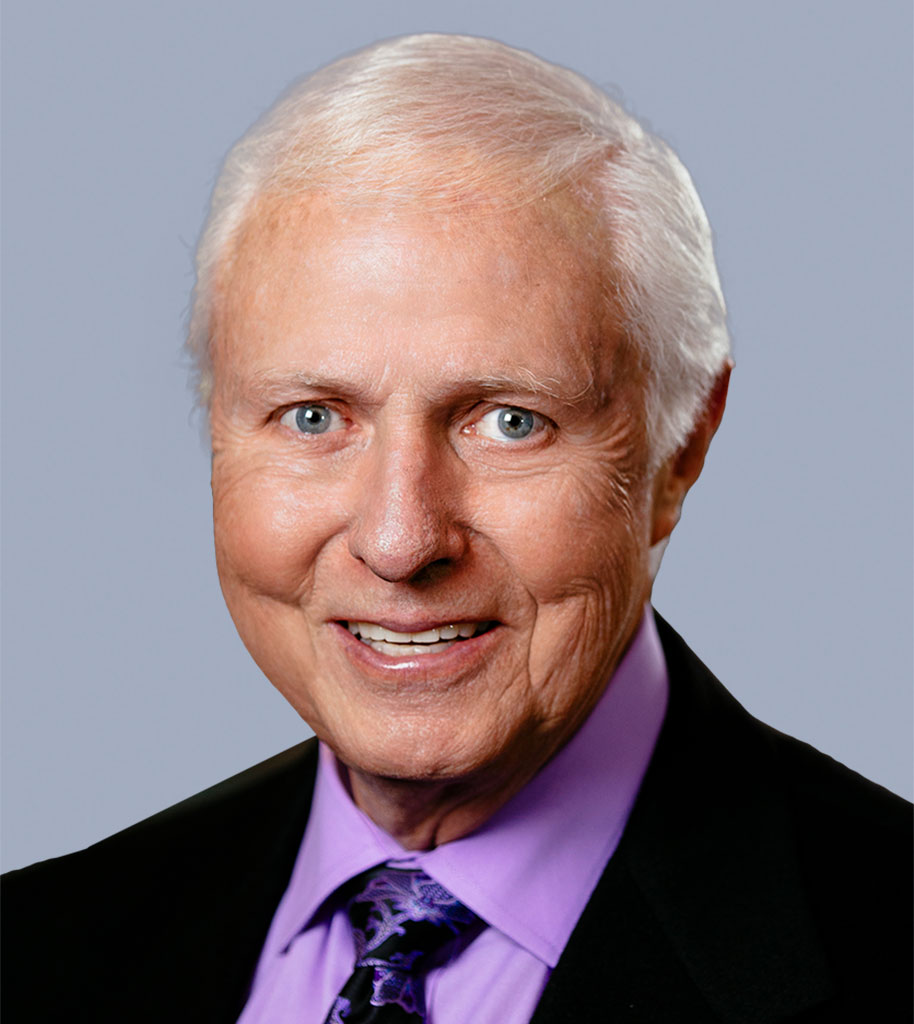Is the Wide Range in Crown Fees Justifiable?

It is obvious to continuing education (CE) program attendees that many CE educators teach clinical techniques for making excellent, moderate-cost, predictable crowns in porcelain fused to metal (PFM), all-metal and all-ceramic forms at affordable fees. Other speakers demonstrate fabrication of crowns and fixed prostheses that is so complicated that fees for these restorations are above the level that typical, average-income families in the United States can afford.
In the U.S. free enterprise system, dentists are able to set fees for their services that they believe to be fair and equitable for both their patients and themselves. According to the most recent American Dental Association 2005 Survey of Dental Fees,1 the mean national fee for a porcelain-fused-to-high-noble-metal crown in the United States is $808, including the cost of the laboratory service. The standard deviation reported for this service was $152. The percentile values reported in the survey ranged from $650 for the 10th percentile to $1,095 for the 95th percentile. Laboratory fees for PFM single crowns in the United States have a mean cost of approximately $130 (oral communication, Jim Shuck, Glidewell Laboratories, July 7, 2006).
Why is there such a wide range in clinical fees for a service that is so commonly needed and accomplished and that constitutes a significant portion of the income of typical general dentists and prosthodontists in the United States?
This article represents my observations on fees for crowns after discussions with thousands of dentists across the country and after teaching, researching and practicing prosthodontics for several decades. For this article, I will use the PFM crown as an example.
Quality of Service
Are there quality differences in the clinical and laboratory aspects of fixed prosthodontics?
Yes, there are bad, good and excellent crowns, just as there are different quality levels in clothing, houses or any consumer item. However, in the case of crowns, or any other oral service, the patient does not know and cannot judge the quality of the service rendered by the practitioner. Unlike when purchasing a typical consumer item, the dental patient does not have the knowledge or experience to know if he or she is receiving quality oral care services.
Although most dental practitioners try to provide the best service possible for their patients, and most provide observably adequate quality, it is my opinion that dentists’ perceptions of the quality level of a given crown vary enormously.
A crown judged to be of adequate quality by one dentist may be rejected by another. It is the responsibility of each of us to determine if our crowns meet acceptable quality standards and to charge fees that are appropriate.
What are the minimal characteristics of an adequate PFM crown? Most dentists know these characteristics well, but, in my opinion, they are not always achieved.
FIT. The crown should fit to the level that the margins cannot be detected with normal vision using magnifying loupes or by feeling the junction of the tooth and the crown with a sharp explorer.
CONTACT AREAS. The contact areas of the crown should be convex and tight enough that waxed floss has a slight-to-moderate resistance to entering the contact area. This relationship usually ensures that food will not collect in the contact areas.
COLOR OF THE CERAMIC. The color of the PFM crown should match the color of adjacent teeth to the degree that casual observation does not discern the presence of the crown.
ANATOMY. The crown should match the contour and anatomy of the adjacent teeth and should blend harmoniously with them when observed casually.
OVERALL APPEARANCE. The esthetic appearance of the crown should blend with that of the adjacent teeth, and it should appear as a normal, natural tooth to a casual observer.
How many crowns meet all of these characteristics at a level of perfection? In my opinion, many crowns produced by U.S. dentists come close to satisfying all of the characteristics for a typical patient at the time they are seated. Depending on the overall quality level of the crown and, specifically, the characteristics of the ceramic, the restoration’s quality level will degenerate over time. The quality of some crowns at seating could be better. Unfortunately, every practicing dentist has a few patients for whom a perfect crown would not be good enough. I am not discussing those atypical patients. This article is directed toward the perceptions of an average, trusting dental patient.
Assuming that the preceding acceptable characteristics have been met, is there a reason for the wide range of crown fees previously discussed? Although there are geographic reasons for some differences in crown fees owing to the variable cost of living across the country, the significant range of crown fees does not seem to be justified because of quality differences.
The Boutique Practice
As in any profession, vocation or area of consumer consumption, there are companies or people providing a level of service perceived to be above the average level. Some patients demand special service, while others prefer not to have the additional flair and pampering that accompany a boutique encounter. I have observed practitioners in, practice administration in and the quality of service provided by both typical and boutique dental practices. It is my opinion that the majority of patients prefer to be treated by a practitioner who provides prompt, predictable, long-lasting, empathetic, caring service in a clean, moderately furnished office, with up-to-date equipment and competent staff. It also is my observation that typical patients often are offended by practices and practitioners who exude an air of affluence and extravagance. Nevertheless, there always will be a few patients who desire to be different from the typical patient and who want the special catering that is offered in some boutique practices.
After working with many laboratories and practices, I can observe candidly that the quality of oral care provided by most boutique laboratories and practices is not necessarily different from or better than that offered by their more conventional counterparts. If crown fees are set on the basis of quality of oral service, and not of the boutique nature of the practice, it is my opinion that there appears to be little or no functional justification for the higher fees observed in some boutique practices.
Third-Party Payers
It is well-known that third-party payment companies provide dental benefits at significantly different levels for PFM crowns. Some companies provide benefit payments for crowns that are not much higher than the clinical overhead cost and laboratory cost of making the crown, while other companies offer relatively fair and justifiable benefits for this routine treatment procedure.
The involvement of third-party payers undoubtedly is one of the reasons for the wide range of fees for PFM crowns. Patients should be advised at the diagnostic appointment of the acceptability of the level of payment provided for PFM crowns by the benefit company with which they are associated. I suggest that dentists, after studying specific third-party payment companies, agree to work only with companies that provide acceptable levels of reimbursement. Reimbursement should meet the needs of office overhead and should be comparable with national fee averages.
Relationship of Crown Fee and Crown Longevity
Although there have been many estimates about how long specific types of crowns serve, there is no conclusive evidence relating cost of crowns to the length of service expected. The fees for PFM, gold alloy or all-ceramic crowns vary by only a small percentage. However, it is general knowledge that properly placed gold alloy crowns serve the longest; PFM crowns serve for several years from an esthetic standpoint and numerous additional years from a functional standpoint; and all-ceramic crowns have the least longevity. There appears to be no correlation between costs for crowns and the longevity expected. In my opinion, the development of an easily and rapidly constructed, lower-cost crown is needed.
Time Involved for the Crown Procedure
Recently, in a study club for which I have been a mentor for many years, I conducted a survey regarding how much time each of the approximately 40 study club members required to complete a single-tooth crown preparation. The range — three minutes to one and one-half hours — was amazing. All of the study club participants were private practitioners, and each was apparently financially successful. Do those dentists requiring the longer periods really need that much time? I doubt it.
In my opinion, each of us should upgrade our clinical skills to a level at which our services can be accomplished, with competent staff help, at a high level of quality, rapidly, predictably and with the expectation of a long-lasting service period. When this goal is accomplished, there appears to be no reason that crown fees should be high because of a long time involvement on the dentist’s part.
Laboratory Costs
Some dentists complain about increases in laboratory fees for crowns, while others are finding that laboratory fees have come down in recent years. Why this difference in perception? Off-shore laboratory services are more common, and some laboratories are using these services at considerably lower costs than previously. I have written articles about this situation, which has both good and bad aspects.2,3 Work from offshore laboratories varies in quality, just as domestic laboratory work does. Some of the offshore laboratories are producing crowns at fees many times lower than those for crowns produced domestically. All of us should ascertain from our U.S. laboratories whether our laboratory work is being completed offshore, and we should monitor the quality carefully no matter where the work is being accomplished.
Conversely, some laboratories have set themselves up as being of higher quality than the typical laboratory, and they demand a higher fee for their work. Each practitioner must determine the quality level that is acceptable to him or her and set clinical fees accordingly.
It has been my observation that the quality of the laboratory work is not necessarily proportional to its cost. The practitioner must be the judge. Laboratory work of acceptable quality can be obtained at costs ranging from low to high. The differences in cost relate directly to clinical fees.
Summary
Clinical fees for crowns vary significantly. However, as with any clinical service, the quality of the treatment may or may not be related to the fee for the crown. Using PFM crowns as an example, I have discussed the difference in quality of service, boutique practices, third-party payers, the relationship of crown fees to crown longevity, the time involved for the crown procedure and laboratory costs.
Dentists are advised to examine their practices to ensure that they are producing quality crown service at fees the public can afford.
Dr. Christensen is the director, Practical Clinical Courses, and cofounder and senior consultant, CRA Foundation, 3707 N. Canyon Road, Suite 3D, Provo, Utah 84604. The views expressed are those of the author and do not necessarily reflect the opinions or official policies of the American Dental Association.
- ^ American Dental Association. 2005 Survey of dental fees. Chicago: American Dental Association. 2006.
- ^ Christensen GJ. Dental laboratory technology in crisis: the challenges facing the industry (part 1). J Am Dent Assoc. 2005 May;136(5):653-5.
- ^ Christensen GJ. Dental laboratory technology in crisis: the challenges facing the industry (part 2). J Am Dent Assoc. 2005 Jun;136(6):783-6.
Christensen GJ. Is the wide range in crown fees justifiable? J Am Dent Assoc. 2006 Sep;137(9):1297-9. Copyright ©2006 American Dental Association. All rights reserved. Reprinted with permission.
Please note: All pictures were added by Glidewell, and did not appear in the original JADA article. The American Dental Association makes no representation and accepts no responsibility for the accuracy, timeliness or comprehensiveness of the pictures.



